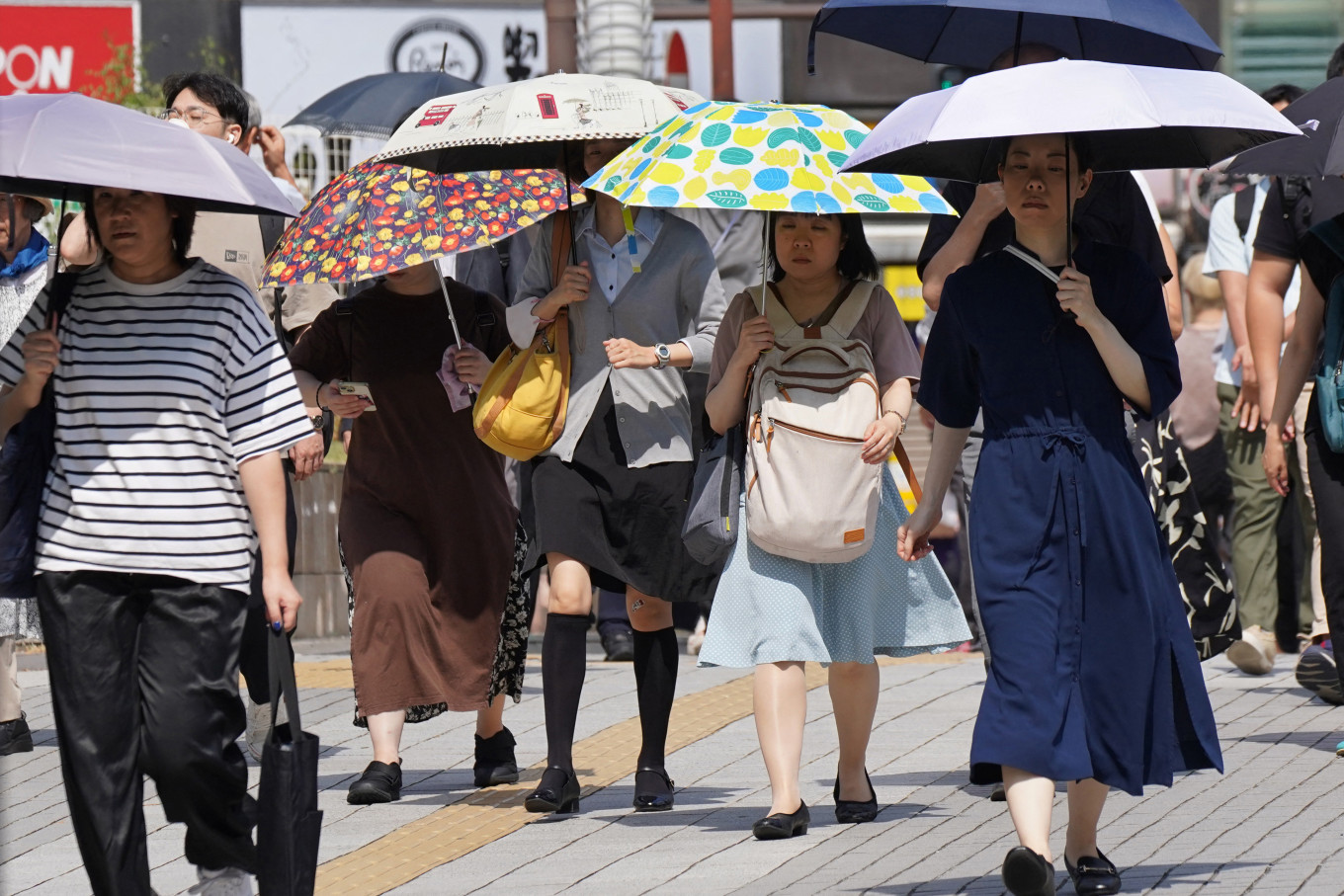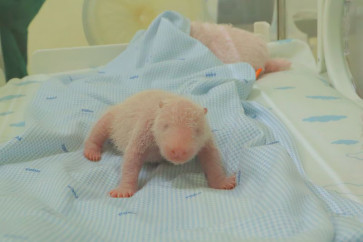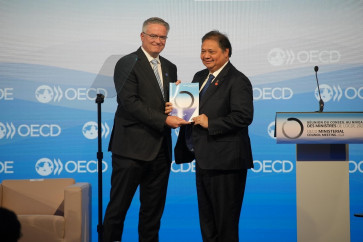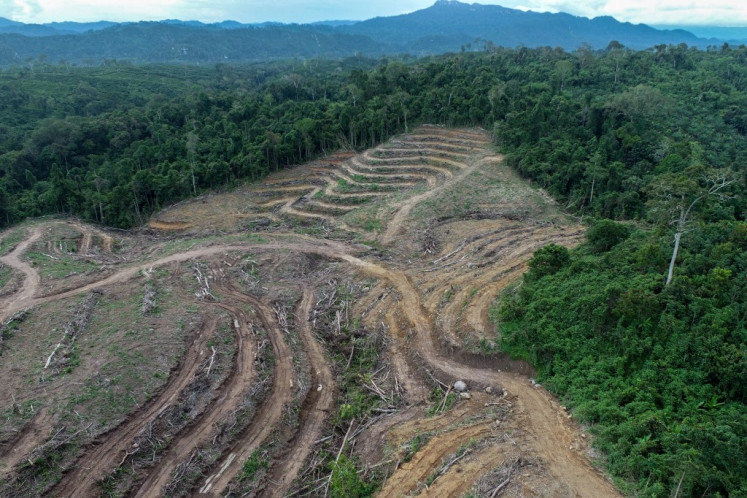Popular Reads
Top Results
Can't find what you're looking for?
View all search resultsPopular Reads
Top Results
Can't find what you're looking for?
View all search resultsJapan revises Q2 GDP higher on upbeat consumer spending
Change text size
Gift Premium Articles
to Anyone
J
apan's economy expanded much faster than initially estimated in the second quarter, driven by upward revisions in private consumption and inventories, giving policymakers some assurance as they navigate political and trade uncertainty.
Gross domestic product grew an annualized 2.2 percent from the previous quarter in the three months through June 30, revised data from the Cabinet Office showed on Monday, up from the 1.0 percent announced on August 15 and economists' median forecast.
While the figures show brisk growth in the world's fourth-largest economy, US tariffs and growing political uncertainty could complicate policymaking in the months ahead after Prime Minister Shigeru Ishiba resigned on Sunday.
On a quarter-on-quarter basis, GDP grew 0.5 percent, compared with a median forecast and the initial estimate of a 0.3 percent rise.
The Cabinet Office said the upgraded estimates reflected restaurant, game sales and corporate spending, which was not available at the time of the initial reading's release.
Private consumption, which accounts for more than half of the Japanese economy, inched up 0.4 percent, versus a 0.2 percent uptick in the preliminary reading.
However, analysts warn US President Donald Trump's tariffs could trigger a sharp slowdown in exports in the current quarter and undermine the economy's current momentum.
"It's difficult to expect consumer spending to be sufficiently robust in the July-September quarter to offset the decline in exports," said Shinichiro Kobayashi, principal economist at Mitsubishi UFJ Research and Consulting.
While Monday's data is unlikely to influence the Bank of Japan's immediate policy deliberations, tariff concerns and political uncertainty could delay any imminent interest rate hikes, said economist Uichiro Nozaki at Nomura Securities.
The focus will now turn to July-September GDP figures to gauge how far US tariffs have weighed on the economy.
Tokyo and Washington last week formalised a trade deal, implementing lower tariffs on Japanese automobile imports and other products that were announced in July, providing some relief for the export-heavy economy.
The capital expenditure component of GDP, a barometer of private demand, rose 0.6 percent in the second quarter, revised down from 1.3 percent in the initial estimate. Economists had estimated a 1.2 percent rise.
External demand, or exports minus imports, contributed 0.3 percentage point to growth, in line with the preliminary reading. Domestic demand contributed 0.2 percentage point, reversing a 0.1 percentage point drag in the initial figure.










